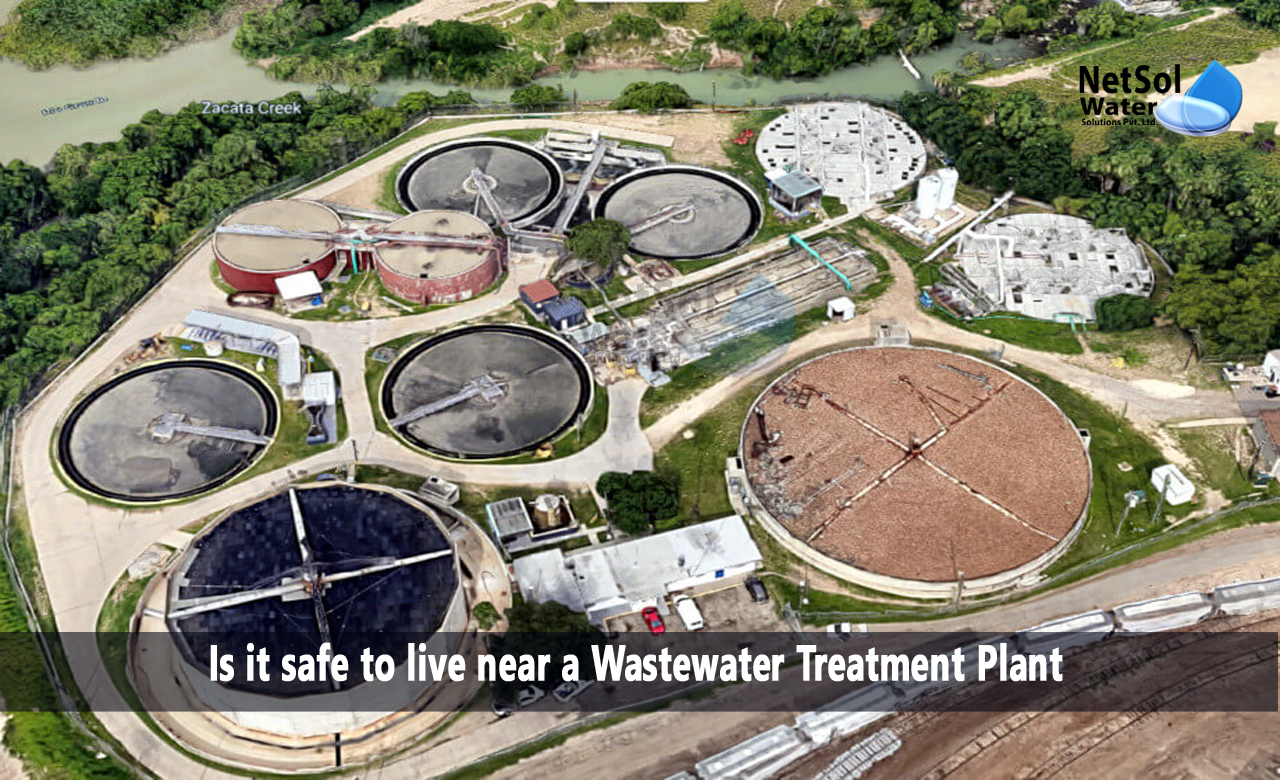Is it safe to live near a Wastewater Treatment Plant?
Wastewater treatment plants (WWTPs) play an important role in treating and purifying the wastewater from our communities and industries. However, some people may have concerns about the safety of living near a WWTP due to potential health and environmental risks.
In this blog post, we will explore the potential risks and benefits of living near a WWTP.
Health Risks
Living near a wastewater treatment plant can expose people to several potential health risks. One of the main concerns is exposure to bacteria and viruses that may not be completely removed during the wastewater treatment process. These microorganisms can cause respiratory and gastrointestinal illnesses, such as diarrhea, vomiting, and fever. A study published in the International Journal of Hygiene and Environmental Health found that people living within 1 km of a wastewater treatment plant had a higher risk of gastrointestinal illnesses compared to those living farther away. Another study published in the Journal of Exposure Science & Environmental Epidemiology found that living near a WWTP was associated with increased rates of hospital admissions for respiratory illnesses.
Another potential health risk associated with living near a WWTP is exposure to chemicals and pollutants. Wastewater can contain trace amounts of chemicals from medications, personal care products, and other sources. While WWTPs are designed to remove these chemicals, some may still be present in the treated wastewater. A study published in Environmental Science & Technology found that WWTPs were effective in removing some pharmaceuticals but not all. Exposure to these chemicals and pollutants has been linked to adverse health effects, including endocrine disruption, developmental problems, and cancer.
Environmental Risks
Living near a WWTP can also pose environmental risks. One of the main concerns is the release of treated wastewater into nearby waterways. While the wastewater has been treated to remove harmful substances, it may still contain residual chemicals, nutrients, and pathogens. These substances can harm aquatic life and contribute to the growth of harmful algal blooms, which can be toxic to humans and animals. Additionally, the production of greenhouse gases such as methane during the treatment process can contribute to climate change.
Benefits
Despite the potential risks, there are also benefits to having a WWTP in your community. One of the main benefits is the treatment and purification of wastewater. Without WWTPs, untreated wastewater would be discharged directly into waterways, posing a risk to human health and the environment. WWTPs also provide jobs and economic benefits to local communities.
Regulations and Standards
To ensure the safety of communities near WWTPs, there are regulations and standards in place to monitor and control emissions and discharges. The Environmental Protection Agency (EPA) sets standards for the discharge of pollutants from WWTPs and requires WWTPs to obtain permits that limit the amount of pollutants that can be discharged into waterways. Additionally, many states and municipalities have their own regulations and standards for WWTPs.
Conclusion
In conclusion, living near a WWTP may present potential health and environmental risks, but it is important to consider the benefits and regulations in place. WWTPs are critical for protecting public and environmental health by treating and purifying wastewater. To ensure the safety of communities near WWTPs, it is important to have regulations and standards in place to monitor and control emissions and discharges. Individuals can also take precautions, such as washing hands and produce thoroughly, to reduce potential exposure to harmful substances. It is important for individuals to weigh the potential risks and benefits and make informed decisions about living near a WWTP.
For any other support, inquiries, or product purchases, call on +91-9650608473 or email at enquiry@netsolwater.com



